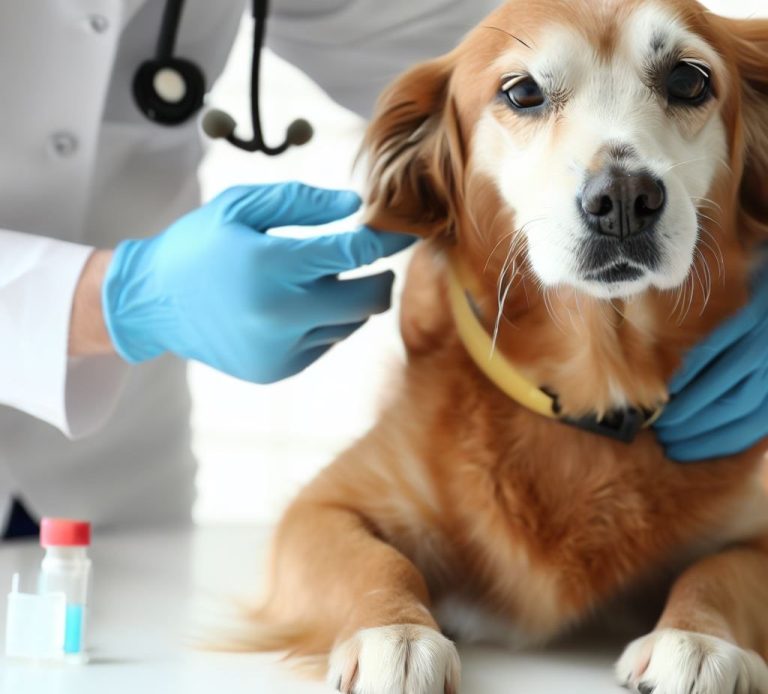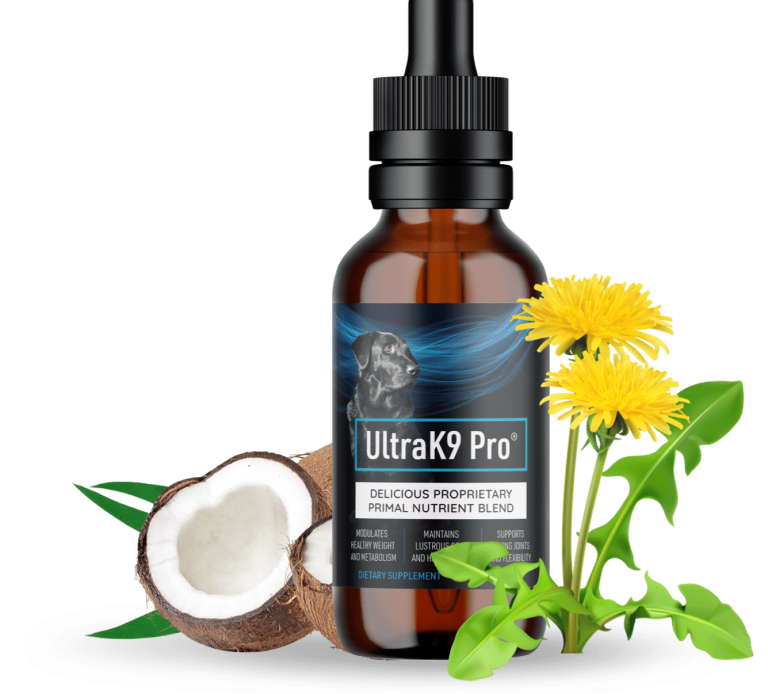Canine Companions: Making Your Dog Feel Special
Canine Companions: Making Your Dog Feel Special
Making your dog feel special is about more than just providing them with food and shelter; it's about creating a bond that enriches both your lives. Dogs are not just pets; they are family members who offer unconditional love and companionship. Here are some heartfelt ways to show your furry friend just how much they mean to you, inspired by insights from various sources.
1. Communicate with Love
Dogs are incredibly attuned to our emotions and vocal tones. Using facial expressions and talking to your dog in a positive, upbeat tone can significantly impact their happiness. Studies have shown that dogs process language similarly to humans, so words like "walkies," "fetch," "good boy/girl," and "love you" can elicit positive responses. Remember, the way you speak and the expressions you use can make your dog feel truly loved
2. Quality Time Together
Spending quality time together is crucial. Whether it's cuddling on the couch, napping together, or engaging in play, these moments strengthen your bond. Physical closeness and shared activities boost the feel-good hormone oxytocin in both of you, enhancing your connection and mutual affection
3. Engage in Play and Exercise
Regular playtime and exercise are not only essential for your dog's physical health but also for their emotional well-being. Activities like fetch, walks, or even agility courses in your backyard keep them physically active and mentally stimulated. Tailor these activities to your dog's age, breed, and health status to ensure they are both fun and beneficial
4. Training and Mental Stimulation
Training sessions and learning new tricks are excellent ways to bond with your dog while keeping their mind sharp. Dogs love to learn, and using positive reinforcement through treats and praise makes training a rewarding experience for both of you. Regular training enhances communication, builds trust, and prevents boredom
5. Create a Safe and Comfortable Space
Dogs appreciate having a space of their own where they can relax and feel secure. Designate a cozy area in your home with their bed, favourite toys, and access to water. This personal space gives them a sense of security and shows that you care about their comfort and well-being
6. Grooming and Physical Care
Regular grooming sessions are not just about keeping your dog clean; they're also an opportunity to check for any signs of health issues. Plus, many dogs enjoy the physical sensation of being brushed or massaged. It's a soothing activity that can strengthen your bond and show your dog how much you care about their well-being
7. Respect Their Needs and Preferences
Understanding and respecting your dog's individual needs and preferences is key to making them feel loved and valued. This includes recognizing when they need space, the type of play they enjoy, and how they like to be petted. Paying attention to their body language and responding accordingly shows that you respect and care for them as an individual
8. Nutritious Diet and Treats
Providing a balanced and nutritious diet is one of the most fundamental ways to show your dog you care. Occasional healthy treats, especially when used as rewards during training, can also be a way to express your love. Remember, a healthy dog is a happy dog
By incorporating these practices into your daily routine, you can make your dog feel truly special and cherished. Dogs have a unique way of filling our lives with joy, companionship, and love. In return, showing them how much they mean to us can enhance their quality of life and deepen the bond we share with our canine companions.
Related
Ways to Bond with Your Dog
Bonding with your dog is essential for a healthy, happy relationship. It enhances mutual trust, respect, and understanding, leading to a more enriching life together. Here are some effective ways to strengthen your bond with your furry friend:
1. Communicate Consistently
Clear, consistent communication is key. Use a calm, positive tone and consistent commands to build understanding and trust
2. Spend Quality Time Together
Dedicate focused time to your dog without distractions. Whether it's playing, walking, or simply cuddling, being fully present makes these moments special
3. Engage in Physical Activity
Regular exercise, like walks or playtime, is not only good for health but also for bonding. Tailor activities to your dog's age and health status
4. Training and Mental Stimulation
Training sessions and teaching new tricks provide mental stimulation and enhance communication. Use positive reinforcement to make learning enjoyable
5. Understand and Respect Preferences
Discover what your dog enjoys and how they like to receive affection. Respecting their preferences strengthens your bond
6. Provide Comfort and Safety
Offer a comfortable, safe space for your dog with their own bed and toys. This shows care for their well-being
7. Regular Vet Check-ups
Ensuring your dog's health through preventative care and regular check-ups is a fundamental aspect of bonding, showing you care for their well-being
8. Nutritious Diet
A balanced diet and occasional healthy treats contribute to your dog's health and happiness, reinforcing your bond
9. Learn Body Language
Understanding your dog's body language helps you respond to their needs and emotions, deepening your connection
10. Grooming and Physical Care
Regular grooming sessions are opportunities for bonding through gentle touch and care, making your dog feel loved and comfortable
11. Socialization
Providing opportunities for your dog to interact with other dogs and people can improve their social skills and happiness
12. Create a Routine
Dogs thrive on routine. Consistent feeding, walking, and playtimes help them feel secure and bonded to you
13. Pet with Purpose
Mindful petting, focusing on areas your dog enjoys, like the chest or base of the neck, can be a powerful bonding tool
14. Hand Feed Occasionally
Hand feeding treats can enhance trust and focus on you, reinforcing your role as their caregiver
By incorporating these practices into your daily life, you can build a stronger, more loving bond with your dog. Each dog is unique, so it's important to tailor these suggestions to fit your dog's personality and preferences.
Introducing Your Dog to Other Pets
Introducing your dog to other pets, whether they are dogs, cats, or smaller animals, requires patience, understanding, and careful planning. The goal is to create a peaceful and safe environment for all animals involved. Here are some steps to help you introduce your dog to other pets:
1. Neutral Territory Introductions
Introduce dogs on neutral territory, such as a quiet outdoor area or a park during off-hours. This helps prevent territorial behavior and allows the dogs to meet without the pressure of defending their home space
2. Pay Attention to Body Language
Observe the body language of both pets. Look for relaxed postures and wagging tails, which are positive signs. Be cautious of defensive or aggressive signals like stiff-legged gaits, growling, or prolonged stares. If you notice these, calmly interrupt the interaction
3. Controlled Meetings
Keep the first few meetings short and calm. For dog-to-dog introductions, use leashes to maintain control. For dog-to-cat introductions, keep the dog on a leash and let the cat come and go as it wishes. Do not restrain either pet in your arms
4. Walk the Dogs Together
If introducing two dogs, consider walking them together after a successful initial meeting. This shared activity can help them bond and establish a positive relationship. Keep a comfortable distance initially and gradually allow them to get closer if they are relaxed
5. Home Introductions
When bringing the new pet into your home, remove any high-value items like toys or bones that could cause a scuffle. Allow the new pet to explore the space alone first, then introduce the resident pet back into the environment
6. Supervised Interactions
Continue supervised interactions for a period of time before leaving the pets alone together. This ensures that you can intervene if necessary and helps prevent any accidents or fights
7. Separate During Meals
Feed the pets separately to avoid any food-related aggression. This can be done by placing their bowls in different rooms or using a gate to separate them
8. Positive Reinforcement
Use treats and praise to reward calm and friendly behavior during introductions. This helps build positive associations with the presence of the other pet
9. Take It Slow
Introduce pets slowly and at their own pace. Rushing the process can lead to negative experiences and long-term issues. It's better to take weeks or even months if necessary to ensure a smooth transition
10. Professional Help
If you're unsure about the interactions or if there are signs of aggression, consider enlisting the help of a professional trainer or behaviorist. They can provide guidance and support throughout the introduction process
By following these steps and being patient, you can help your dog and other pets form a peaceful coexistence. Remember that every pet is an individual, and what works for one introduction may not work for another. Always prioritize the safety and comfort of all animals involved.
How regular grooming contributes to a dog’s health.”
Regular grooming plays a crucial role in maintaining a dog's health and well-being. Here are several ways in which grooming contributes to a dog's overall health:
Skin and Coat Health: Grooming helps keep a dog's skin clean and free from debris, dirt, and excess oils. This can prevent skin conditions, such as hot spots and dermatitis. Brushing also stimulates the production of natural skin oils, leading to a healthier and shinier coat.
Mat Prevention: Dogs with long or curly coats are prone to matting, which can be uncomfortable and even painful. Regular brushing and combing help prevent mats from forming, which can also lead to skin problems.
Early Detection of Issues: During grooming, you have the opportunity to inspect your dog's skin and coat closely. This allows you to spot any abnormalities, such as lumps, bumps, parasites, or signs of infection, at an early stage. Early detection can lead to prompt treatment and better outcomes.

Understanding your dog’s health: Signs and symptoms to watch out for.”
Understanding your dog's health is crucial for their well-being. Being attentive to signs and symptoms of potential health issues can help you address problems early. Here are some key signs and symptoms to watch out for in your dog:
Change in Appetite: A sudden increase or decrease in appetite can be a sign of various health issues, from dental problems to gastrointestinal disorders or more serious illnesses.
Weight Changes: Rapid weight gain or loss should be investigated. It can be a symptom of metabolic issues, organ disease, or dietary problems.
Vomiting and Diarrhea: Occasional vomiting or diarrhea may not be cause for concern, but if it becomes frequent or is accompanied by other symptoms like lethargy or blood, consult your veterinarian.
Excessive Thirst and Urination: Increased drinking and urination can be indicative of conditions like diabetes, kidney disease, or hormonal imbalances.
Lethargy: If your normally active dog becomes lethargic and lacks energy for an extended period, it may be a sign of illness or pain.
Breathing Problems: Labored breathing, coughing, or wheezing could be due to respiratory issues, heart problems, or allergies.
Changes in Gait or Mobility: Stiffness, limping, or difficulty moving can indicate musculoskeletal problems or arthritis.
Skin and Coat Changes: Watch for signs of skin irritation, hair loss, rashes, or unusual lumps or bumps. These can be due to allergies, infections, or even cancer.
Eye and Ear Issues: Redness, discharge, squinting, or frequent pawing at the eyes or ears may indicate infections or other problems.
Behavioral Changes: Sudden changes in behavior, such as aggression, anxiety, or withdrawal, can be related to pain or neurological issues.
Frequent Scratching or Chewing: Persistent scratching, licking, or chewing at a particular area may signal skin problems or allergies.
Foul Odors: Unpleasant odors from the mouth, ears, or other parts of the body can indicate dental issues, ear infections, or more serious health concerns.
Frequent Urinary Accidents: If your housetrained dog starts having accidents indoors, it could be due to a urinary tract infection, bladder stones, or incontinence.
Changes in Drinking and Eating Habits: Dogs may drink excessively due to conditions like diabetes or kidney disease. Conversely, a lack of interest in food or water can be concerning.
Seizures: If your dog experiences seizures, it's a critical medical emergency that requires immediate veterinary attention.
Vocalization: Persistent or unusual vocalizations, such as whining, yelping, or howling, can be a sign of pain or discomfort.
Tumors or Growths: Any new or rapidly growing lump or bump should be examined by a veterinarian, as it could be cancerous.
Fever: A dog's normal body temperature is around 101 to 102.5°F (38.3 to 39.2°C). A persistent fever can indicate infection or inflammation.
Dental Issues: Bad breath, swollen gums, or difficulty eating can signal dental problems, which can impact your dog's overall health.
Gastrointestinal Issues: Pay attention to signs like excessive drooling, pawing at the mouth, or reluctance to eat, as these can be related to oral pain or gastrointestinal problems.


Is Your Dog’s Food Actually Killing Him?
(New Research Shocks Vets Everywhere)
Did you know that your dog is supposed to live at least 5 years longer than the average expectancy?
Truth is, your best friend’s life is cut short by the darkest secret of the pet industry…
Latest research shows how this popular brand of dog food…
Which promises to get your dog in good shape and keep him healthy and full of energy…
Is actually cutting your four-legged buddy’s life short by a third.
Vets are appalled by this research, as most of them have been unknowingly recommending this dog food brand to 8 out of 10 dogs…
Watch the video below to see which food you should never feed your dog if you want to extend his life by at least 5 years
.
We need your consent to load the translations
We use a third-party service to translate the website content that may collect data about your activity. Please review the details and accept the service to view the translations.


















